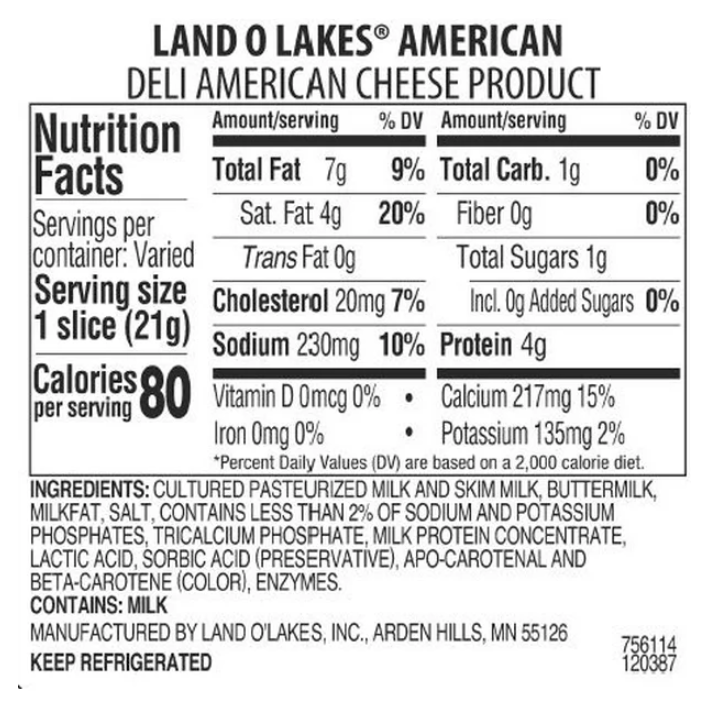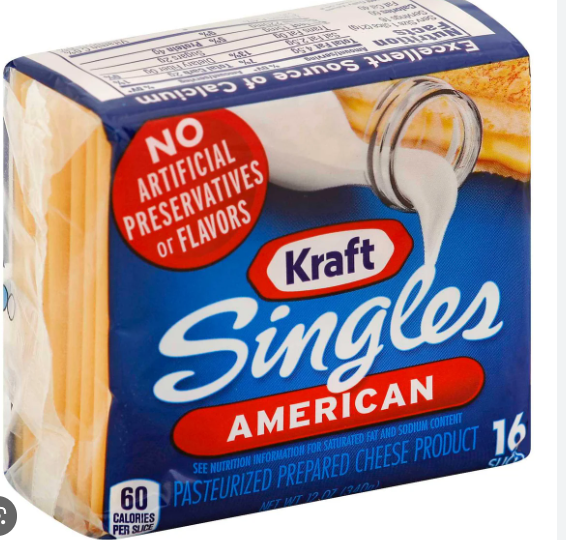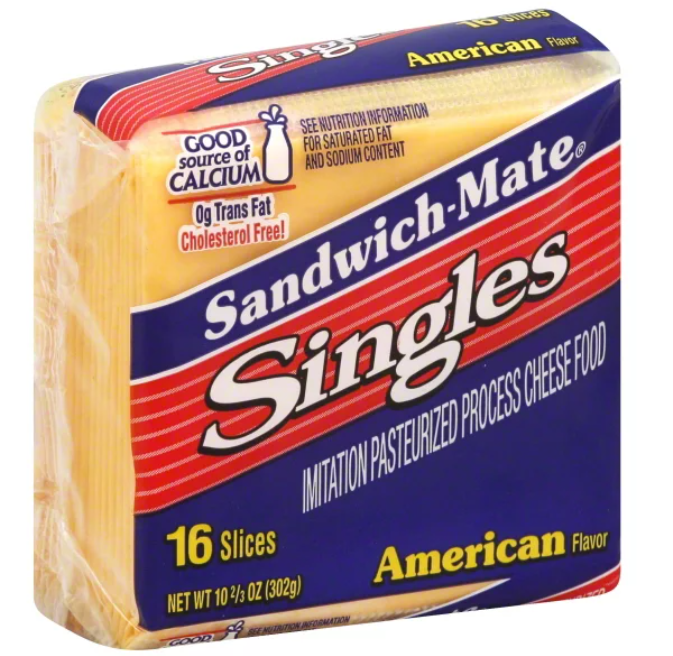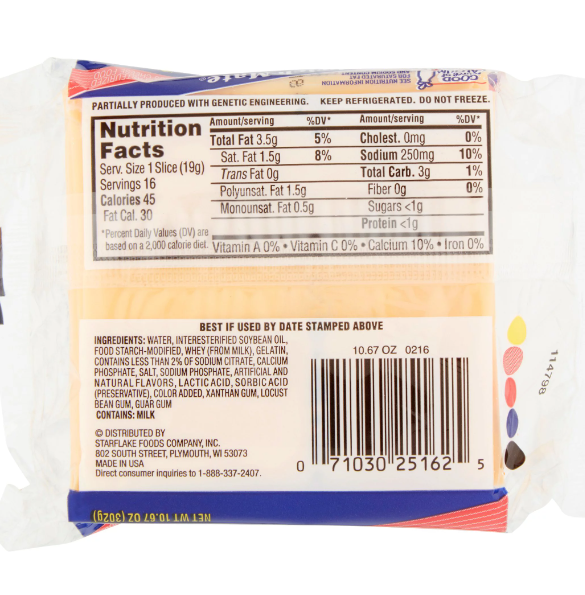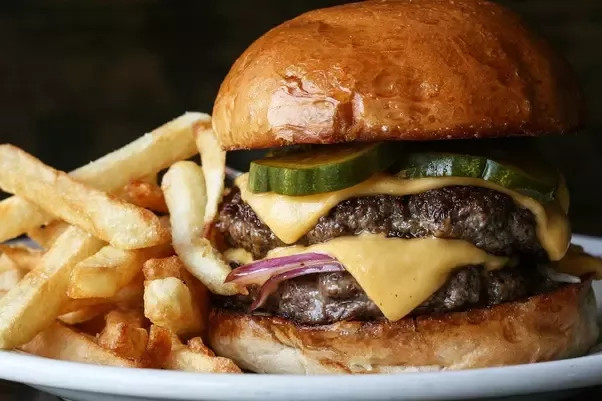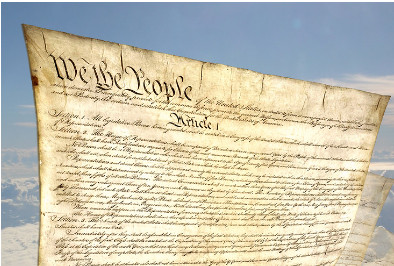I recently posted an answer in Quora to this very question:
The short answer is that you get what you pay for. And not all “American Cheese” is even cheese. And You Get What You Pay for in Cheese.
The problem with American Cheese
The major problem with “American Cheese” is that it isn’t American Cheese anymore. Over the years, it has been diluted and made to be more like plastic, and accordingly, it has been regulated by the Food & Drug Administration and given new names. But the new names sound very much like the original. Real American Cheese looks like this and as of this writing sells for $8.85 for 8 oz. Note that the Label says “Pasteurized Process American Cheese”.
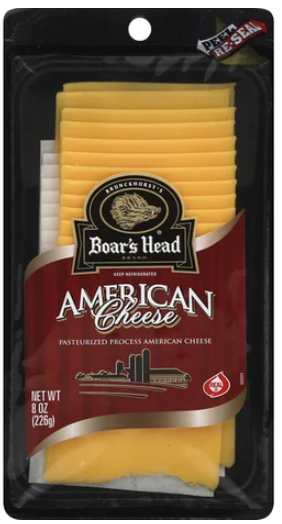
A bit of judicious shopping and I was able to find Land o’ Lakes American Cheese which was about half the cost, relatively the same quality and here are the ingredients:
Mostly Milk, Skim milk, buttermilk, and Milkfat.
But in an effort to appeal to the price conscious shopper companies like Kraft started adding oil and other artificial stuff and started wrapping them as “singles”.
Now you can get 12 oz for $4.98, (roughly 50% more, for the price of the Land O’ Lakes Deli sliced) and they have lots of wrapping you can “easily” (not) remove, so you don’t have to worry about the slices sticking together. Note that even though the word “American” is big and bold, this is called a Pasteurized Prepared Cheese Product. NOT “American Cheese”.
But wait, it gets worse. For $1.47 for 10 2/3 oz, you can get this stuff. It is called Imitation Pasteurized Process Cheese Food.
Here are the ingredients. Water, Soybean Oil, Food Starch, Whey, Gelatin etc.
No milk, skim milk, or buttermilk. Only a little bit of whey (the 4th ingredient by volume).
I’ve also seen labels that say Imation Pasteurized Process Cheese Food stuff which might be entirely plastic for all I know. (I don’t eat it).
There is an excellent article here, that explains some of the cheese definitions:
- Cheese is a concentrated dairy food made from milk. A starter culture of bacteria is first added to convert some lactose—the primary milk sugar—to lactic acid.
- Pasteurized process cheese, is made from one or more cheeses, such as cheddar or Colby, and may have cream or anhydrous milkfat added. The cheese is blended and heated with an emulsifier—typically a sodium or potassium phosphate, tartrate, or citrate—and other optional ingredients such as water, salt, artificial color, and spices or other flavorings.
- Pasteurized process cheese food is a variation of process cheese that may have dry milk, whey solids, or anhydrous milkfat added, which reduces the amount of cheese in the finished product. It must contain at least 51% of the cheese ingredient by weight, have a moisture content less than 44%, and have at least 23% milkfat.
- Pasteurized process cheese spread is a variation on cheese food that may contain a sweetener and a stabilizing agent, such as the polysaccharide xanthan gum or the Irish moss colloid carrageenan, to prevent separation of the ingredients. The cheese must be spreadable at 70 F, contain 44 to 60% moisture, and have at least 20% milkfat.
- Pasteurized process cheese product is process cheese that doesn’t meet the moisture and/or milkfat standards.
- Imitation cheese is made from vegetable oil; it is less expensive, but also has less flavor and doesn’t melt well.
Another Opinion
In another answer on Quora to this question Martin Bayer says, American Cheese isn’t awful. You’re judging it against cheese, which it is not, so it’ll always come up short in your eyes. No, American cheese is not cheese, it’s a sauce.
“When it’s cold, or room temperature, American cheese isn’t all that appealing. It’s rubbery and doesn’t taste great, but unless you’re spending a weekend in the county lock up, you won’t be eating it that way. You shouldn’t anyhow.”
American cheese is to be eaten this way:
You let American cheese slowly melt onto hot hamburger patties, or in-between two slices of buttered and griddled bread.
It’s also good in macaroni and cheese.
American cheese is a sauce. It adds richness, moisture and flavor to the foods it adorns.
I’d never throw slices of American cheese onto a cheeseboard, between the Manchego and Comte, but there aren’t many cheeses that are better on my burger.
You might also like:

